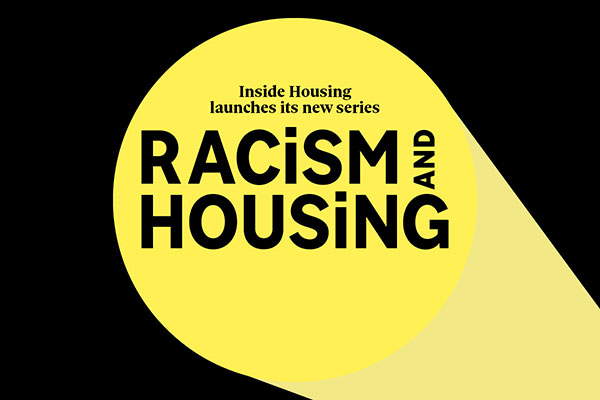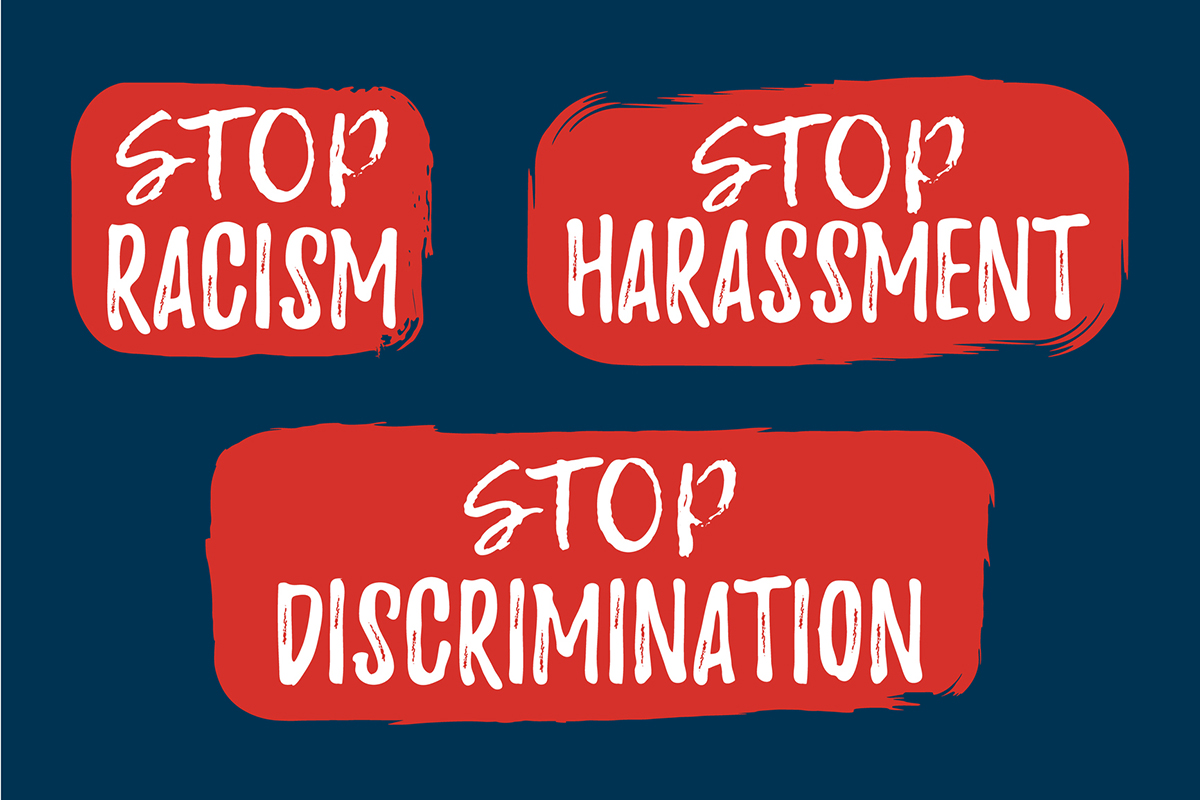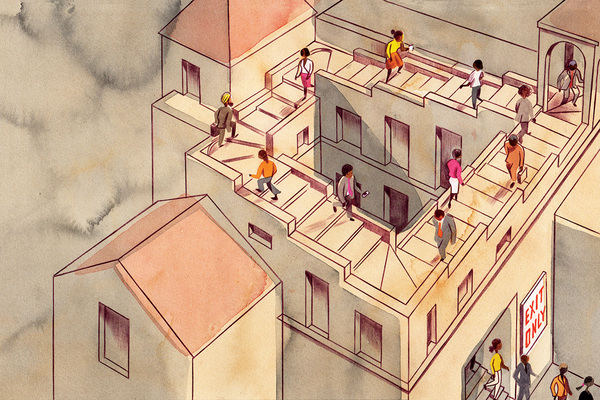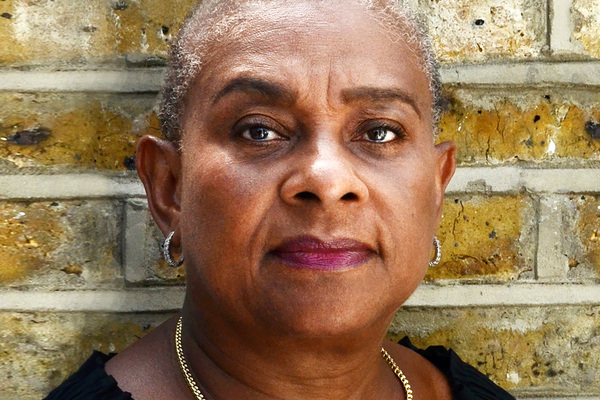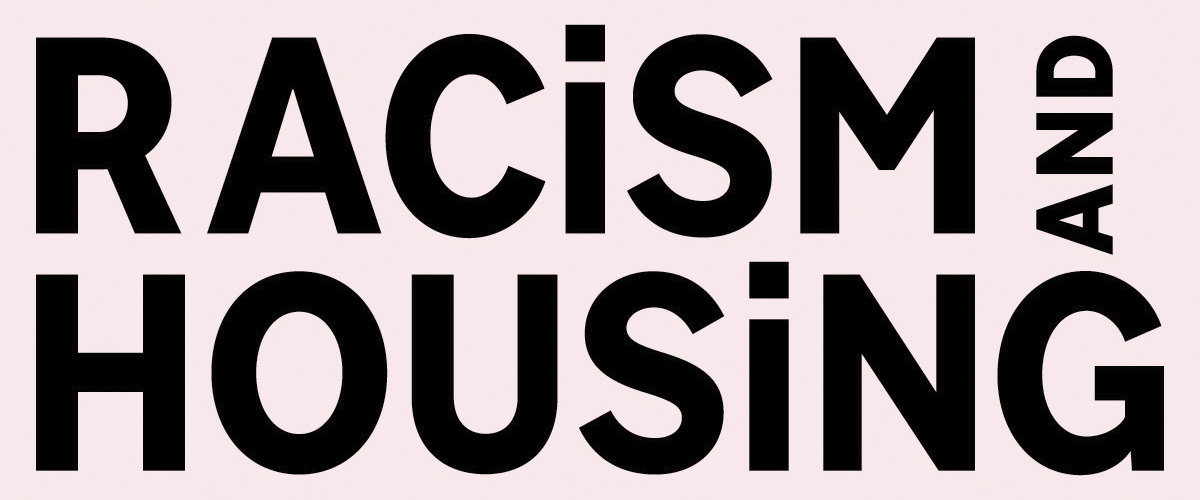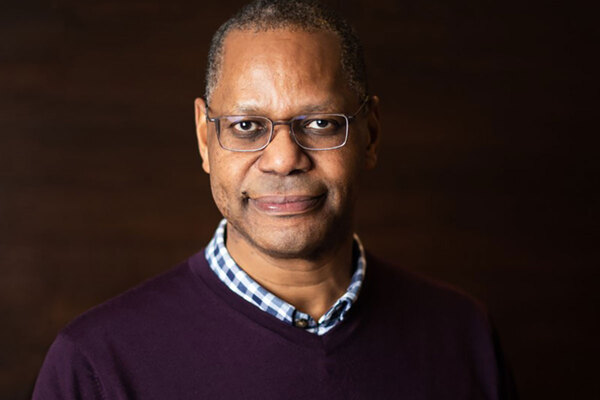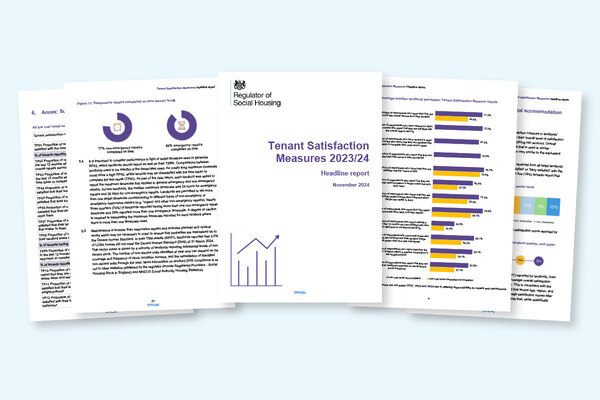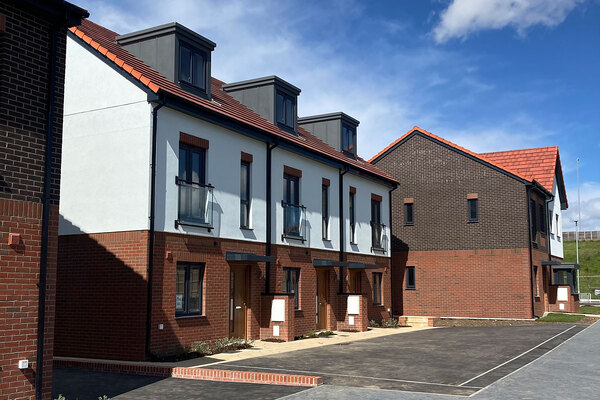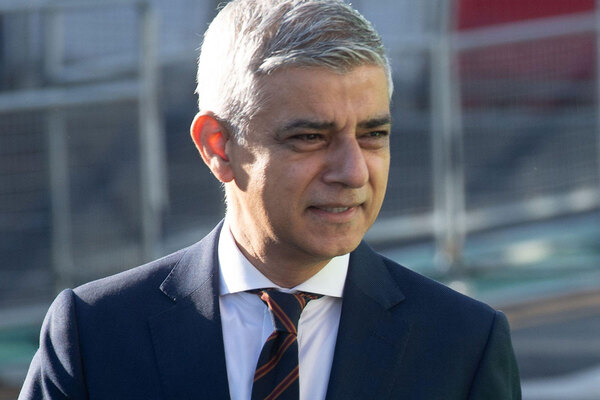You are viewing 1 of your 1 free articles
How to increase representation of ethnic minorities in senior roles

A year since the G15 group of large social landlords pledged to do more on diversity, new figures have revealed a jump in board and executive representation. As part of Inside Housing’s new Racism and Housing series, Eve Livingston investigates what they have been doing differently. Illustration by Jack Xander
In May 2020, the chief executives of London’s largest housing associations signed the G15 Diversity Pledge, which included targets to better reflect the ethnic diversity of the communities they represent, with a particular focus on boards, managers and senior leaders.
Now, a year later, a report has highlighted both progress made and the need for further action. The proportion of G15 board members from ethnic minority backgrounds has risen to 20% from 13% in February 2019, but the proportion at executive level is still only 16%. And while Black, Asian and minority ethnic (BAME) staff account for 25% of G15 managers, the proportion of BAME Londoners as a whole is around 40%.
“I think the progress we have made against the commitments in the G15 diversity pledges so far demonstrates the power of collaboration for achieving change,” says Geeta Nanda, new chair of the G15 group and chief executive of Metropolitan Thames Valley Housing. “[But] we still have a long way to go to be visibly diverse at all levels of our organisations.”
Inside Housing spoke to some of the G15’s members to find out what they have learned over the past year about how social landlords can improve representation of ethnic minority staff.
The Rooney Rule at L&Q

L&Q has implemented the Rooney Rule since 2018. It requires that at least one ethnic minority candidate and one female candidate who meet role criteria are invited to interview for vacancies. The policy is named after Dan Rooney, former owner of American football team the Pittsburgh Steelers, who first used this method to increase the number of Black coaches, and it has been adopted by a number of housing associations.
Jan Gale, assistant director of diversity and inclusion at L&Q, says: “It sends a signal to candidates, partners and to our stakeholders about who we are and what we’re about.”
Ms Gale says the policy has changed the conversation L&Q has with recruitment partners. “We can go to them and say we expect quality diverse candidate slates, and our decision to continue working with them will be based on whether they can fulfil that. So it’s driving change more broadly in recruitment practices.”
Before the Rooney Rule, L&Q’s senior leadership team was made up of 21% women and 12% ethnic minorities. Now this stands at 40% and 20% respectively.
L&Q has set up a cultural diversity staff network, Kaleidoscope. The key to its success, Ms Gale says, is that it is “by staff, for staff” and not imposed from above. “The organisation has given these groups status,” she explains. “They are recognised as the staff voice on particular topics and with that comes access to decision-makers and budget, as well as being networking spaces for staff.”
For providers looking to improve staff diversity, Ms Gale advises starting with the data. “We wouldn’t build a block of flats without understanding the data around the profile of the area, or the metrics around how affordable it’s going to be for people,” she says. “But this is about how human beings interact, so that data needs to be married with an understanding of the stories behind people’s lives.”
Making diversity data public at A2Dominion
A2Dominion has been collecting – and publishing – data on diversity. This includes a gender pay gap report and an equality, diversity and inclusion report, as well as further datasets for internal use.
While this data has long been gathered, Caroline Abomeli, director of communications and a member of A2Dominion’s diversity and inclusion steering board, says the way it is collected, analysed and shared has changed significantly based on ongoing learning.
“We have learned to measure what matters, not just what we can count,” she explains. “We’ve learned how the data we’re collecting can help us to improve lots of aspects of our work, from delivering day-to-day services to shaping our strategic direction and identifying areas where we want to improve. Above all, we want to ensure that we are providing fair and equal opportunities and access for all our customers and colleagues.”
Ms Abomeli notes that for other housing associations looking to collect and publish key data, the National Housing Federation’s new tool to measure your organisation’s diversity against local data is useful. “The new National Housing Federation tool enables you to benchmark your diversity against others in your area, which can be more meaningful than national benchmarks,” she points out.
The use of plain and accessible terms and language wherever possible is also crucial, says Ms Abomeli: “This is an issue where confidence with data, terms and action can be low, so the more we can do to make it easier for people to engage, the more people will understand, feel involved and support the journey.”
Staff development and ‘circular mentoring’ at Network Homes
What used to be known as ‘reverse mentoring’, Network Homes now calls ‘circular mentoring’, in recognition of the mutual benefits to both parties in a mentoring relationship.
When G15 chief executives pledged a year ago to seek out a ‘reverse mentor’ to learn about the disadvantages faced by minorities, Network Homes’ chief executive Helen Evans was paired with Shannice James-McFee, a marketing and lettings manager. In the year since, the organisation has rolled out circular mentoring to those on its springboard development programme for BAME staff.
“One of the objectives [of circular mentoring] has to be some uncomfortable conversations,” says Jamie Ratcliff, executive director of people and partnerships at Network. “If we haven’t had [difficult conversations] then we’ve not been frank enough and we haven’t explored things in enough detail.”
Ms James-McFee agrees and says the process has inspired her beyond the workplace. “We’re not having these conversations enough and we need to be having more of them, not just in the workplace but with our friends and family, too,” she says. “If I can have this conversation with my chief exec, why can’t I have it with others?”
Alongside circular mentoring, the 18-month springboard programme includes tailored career development advice and planning, workshops, and a personal development budget. With the first cohort having just concluded, Network is now reflecting on the importance of delivering such programmes in-house.
“Delivering this through our own teams means we can relate it back to our values, ethos and purpose,” Mr Ratcliff says.
But what do people outside of the G15 make of these efforts? When it comes to how social landlords across the UK can tackle racial inequality, Rosalind Ugwu, an independent consultant and a member of Inside Housing’s race and housing editorial panel, says honesty is essential. “One of the key things here is white privilege… we’re all wrapped up in systemic racism and it’s everybody’s issue. I’d like to see us being more honest about that so we can get to the crux of the issue,” she says. “We need to be attacking systemic racism and looking at the structures and processes where it’s all hidden.”
Ms Ugwu also highlights the practical work happening in small associations and those outside of London, which can often go under the radar. Inquilab Housing Association in Brentford, she points out, has built relationships with Black Lives Matter London and supported tenants with compensation claims related to the Windrush scandal. “I’d like to see more white chief executives and senior executives standing up for this work, supporting smaller organisations and projects, and being innovative and creative,” Ms Ugwu says.
For Ms Nanda, social landlords are uniquely placed and particularly obligated to tackle these issues meaningfully. “I think the key lesson here is the transformative role housing associations can, and must, play in addressing racial inequalities,” she says. “As organisations that are well connected to local communities, we are in a unique position to listen, respond and advocate for community need.”
Racism and Housing series
Inside Housing’s Racism and Housing series aims to investigate how race inequality and racism interact with and impact on housing – for tenants, for staff working in housing, and for organisations. It has been launched a year since George Floyd’s murder prompted a huge global wave of Black Lives Matter activism.
We will be publishing monthly investigations that look at racism, race and housing, both in terms of what is going wrong, and what actions that sector is taking to address this.
If you have an idea for a story relating to this campaign, please contact deputy editor (features) Jess McCabe, at jess.mccabe@insidehousing.co.uk.
The stories published so far include:
‘We had to abandon everything’: the story of Chan Kataria and the flight of the Ugandan Asians
Race and the cost of living crisis: the impact on social housing tenants
How to create an inclusive housing association: a conversation with Bal Kang
How Cardiff landlords are tackling under-representation
Why has diversity progress stalled?
How racism impacts homeless people
How planning is failing to address race inequality in housing
Race and allocation: who are the new tenants getting social housing, and is it equitable?
How to increase representation of ethnic minorities in senior roles
How race impacts on people’s likelihood of living in a damp home or experiencing fuel poverty

